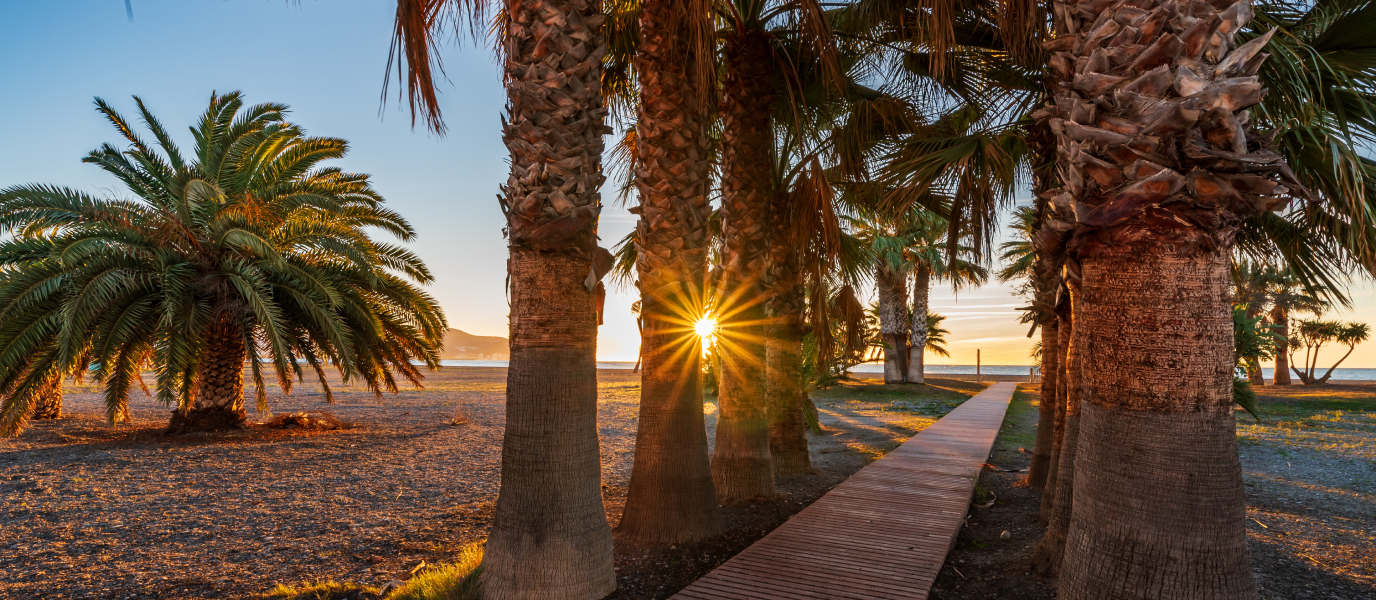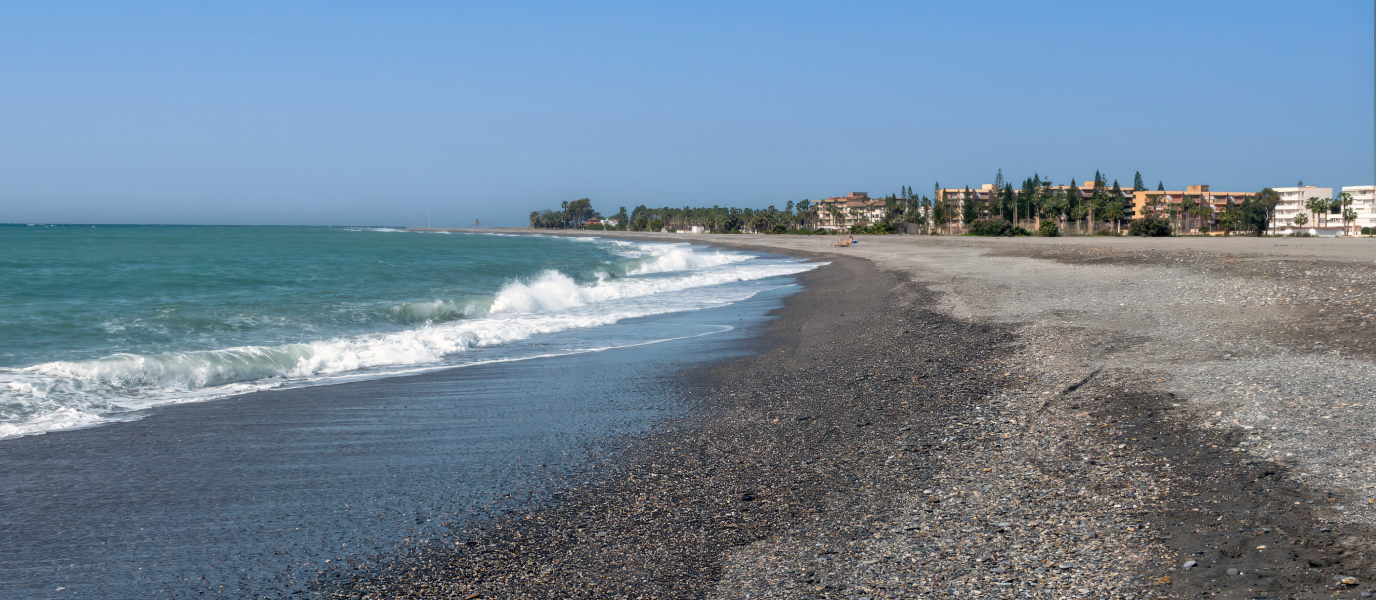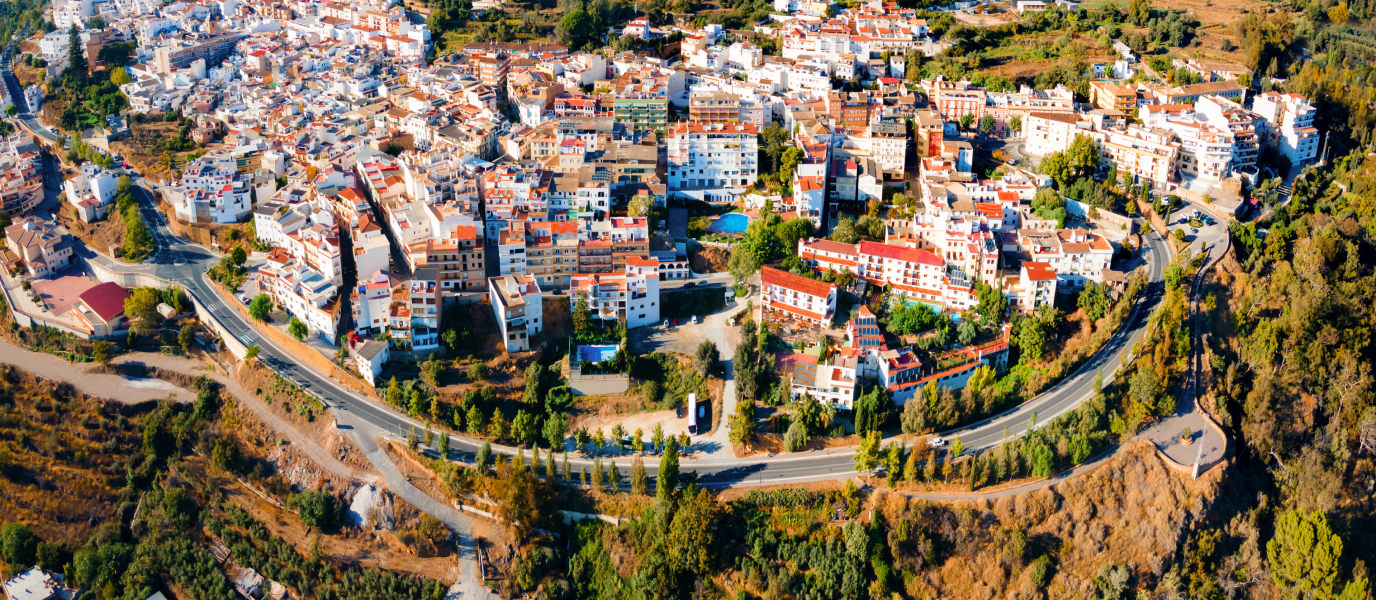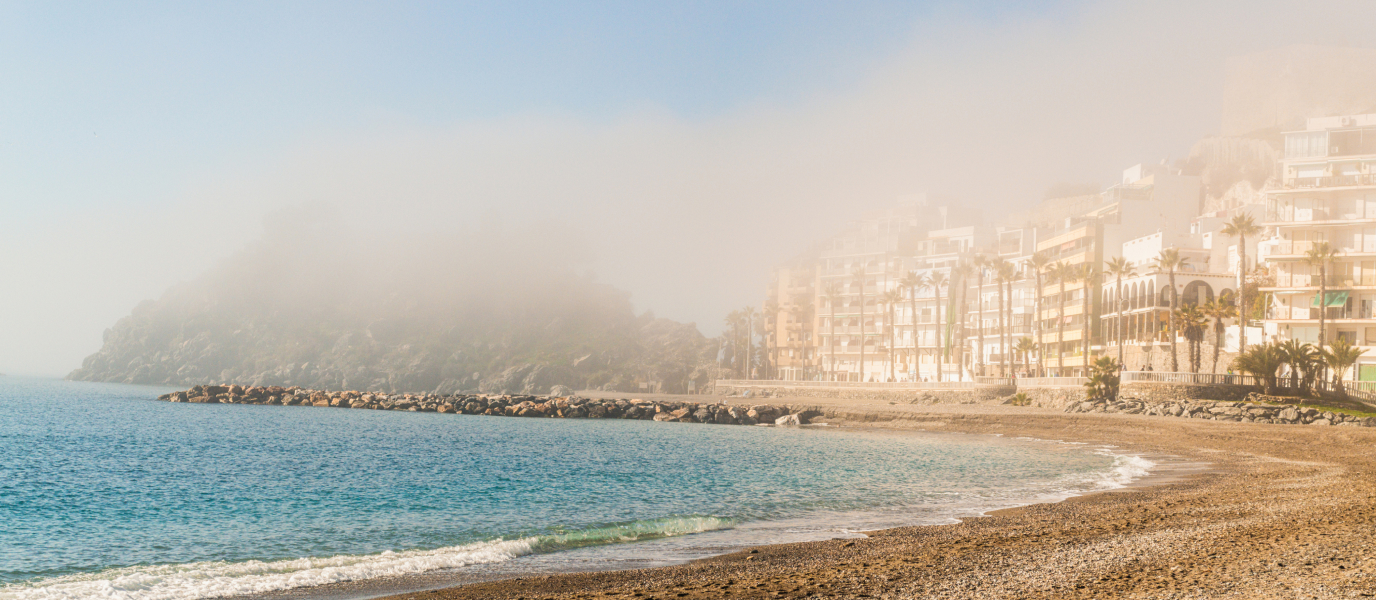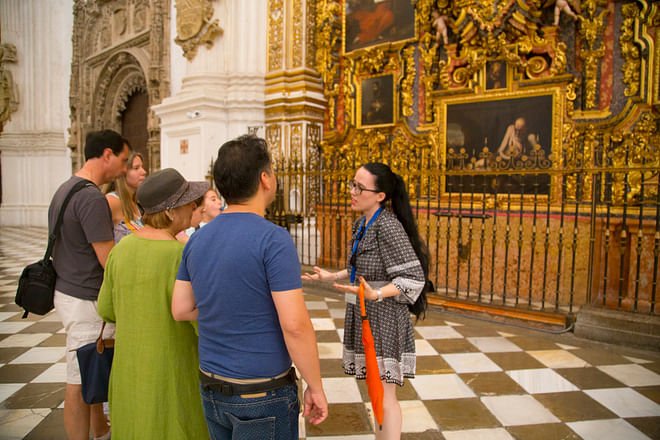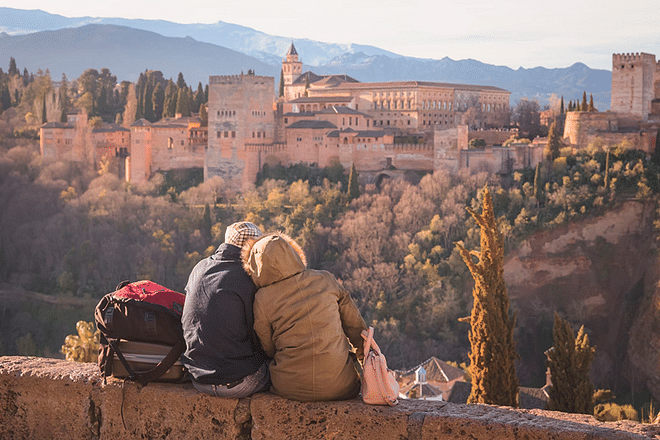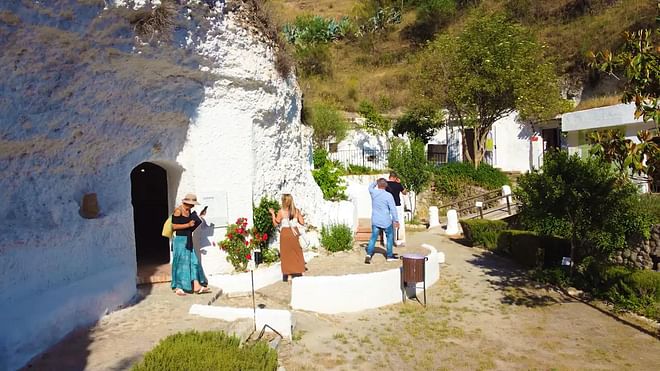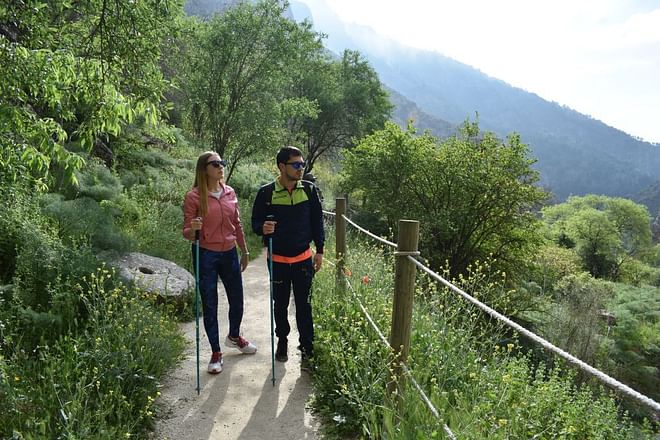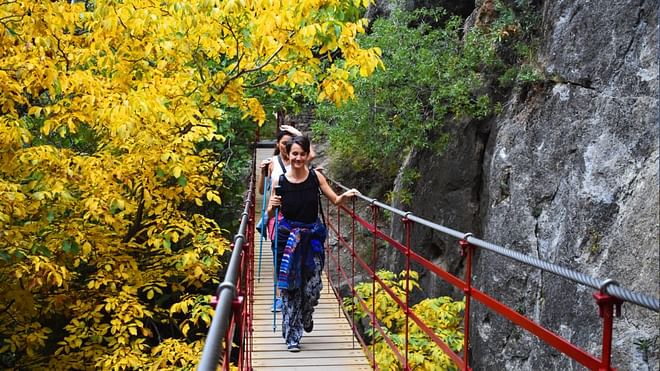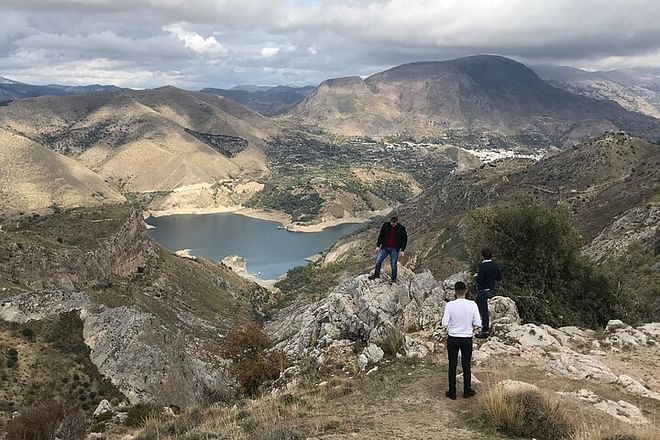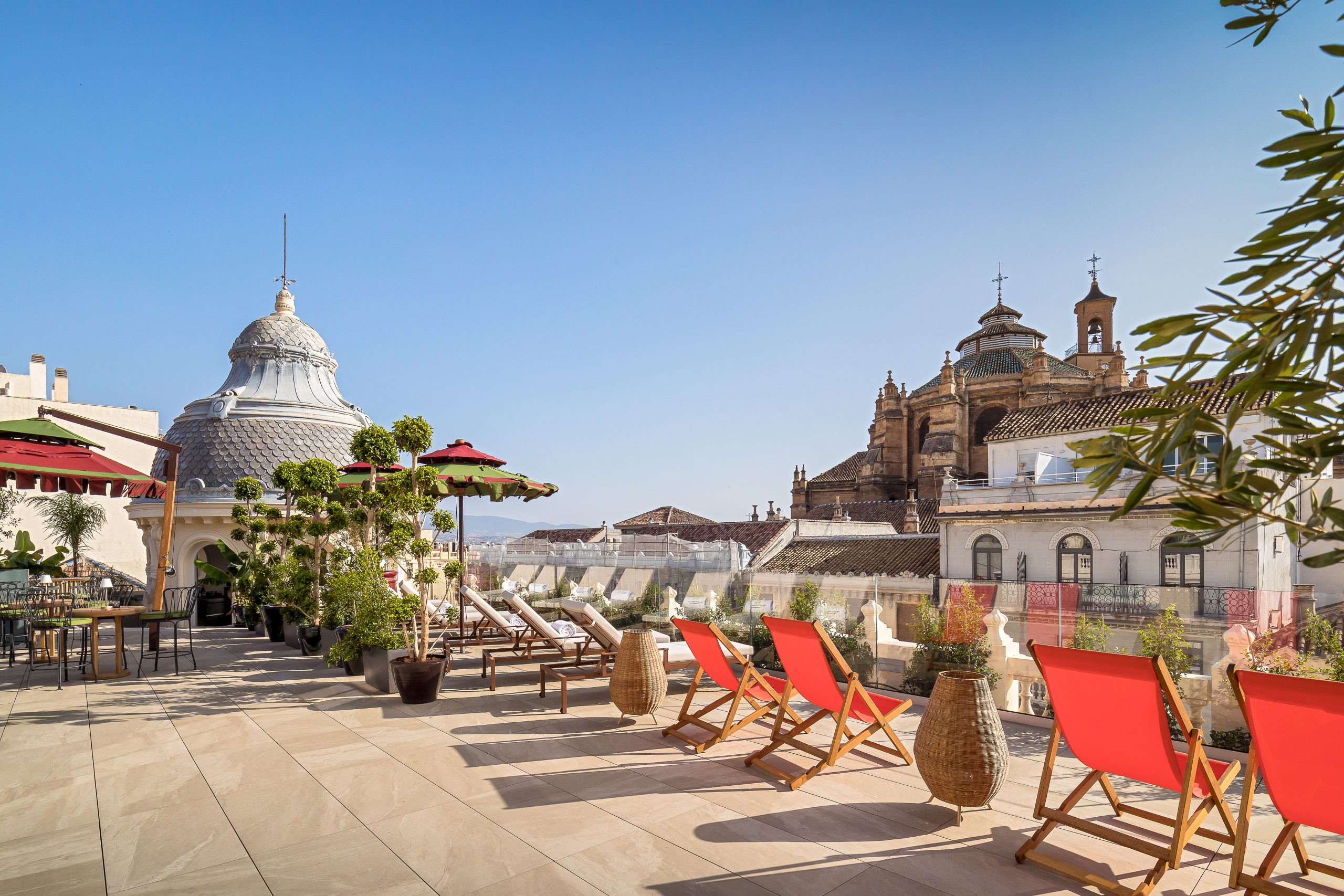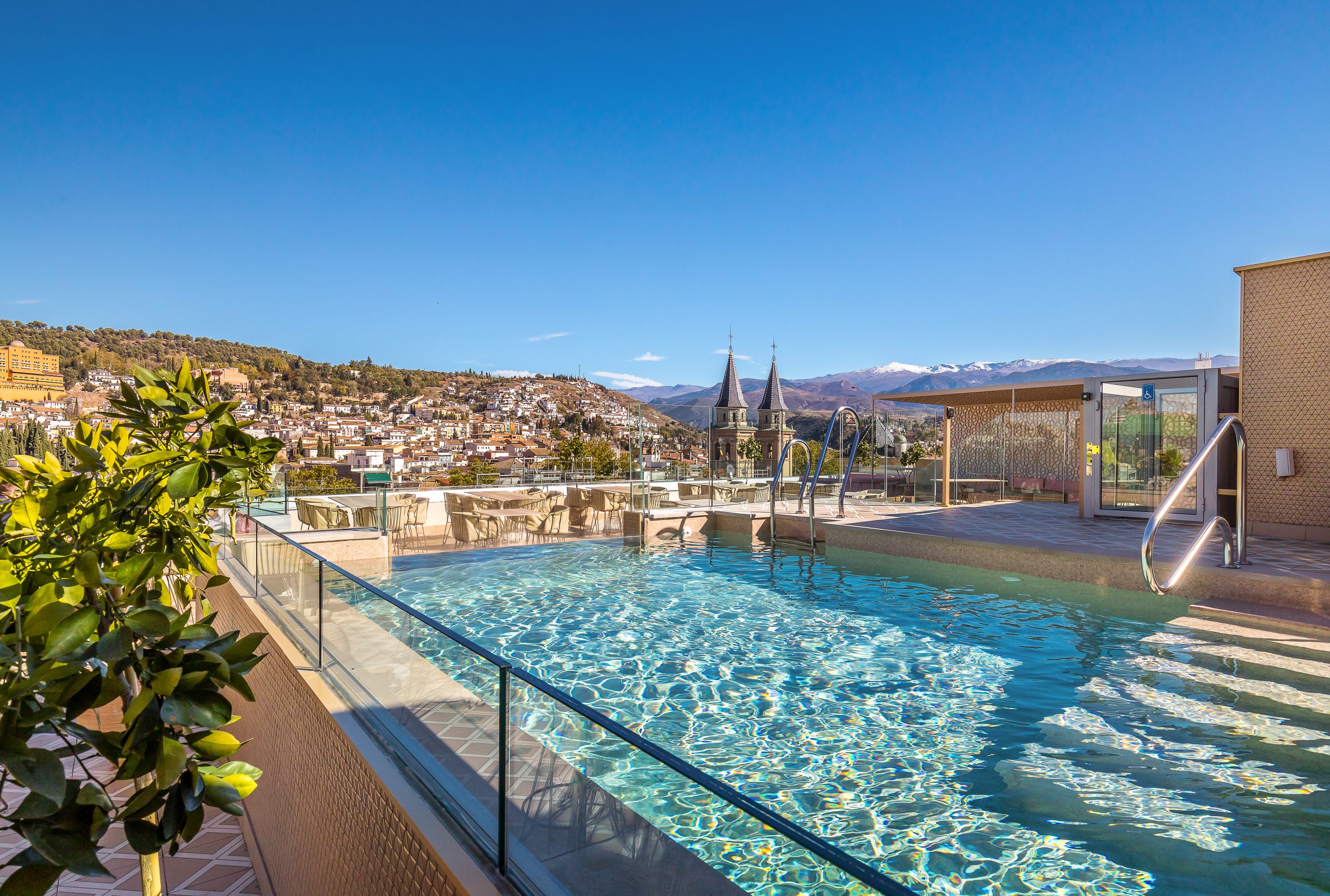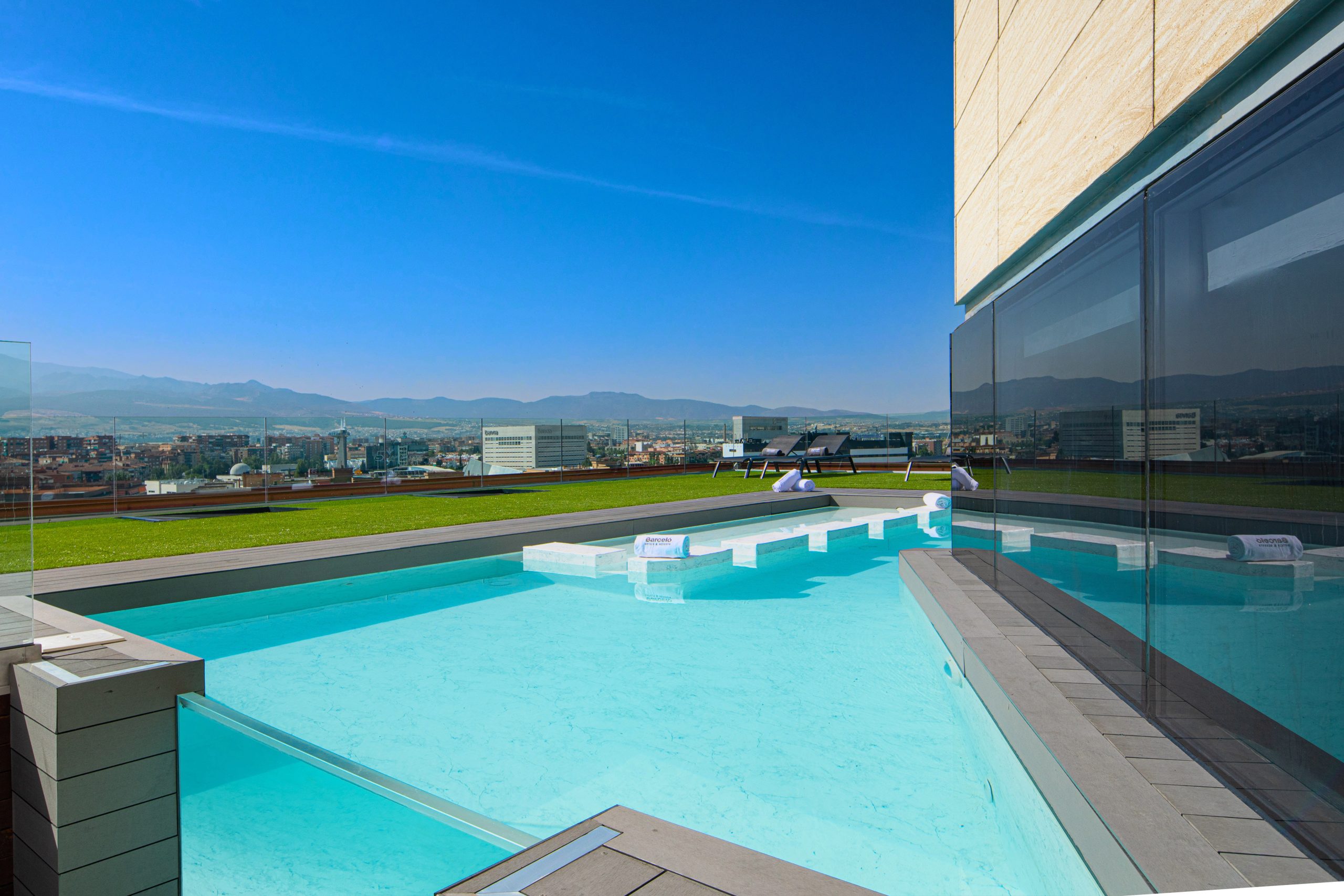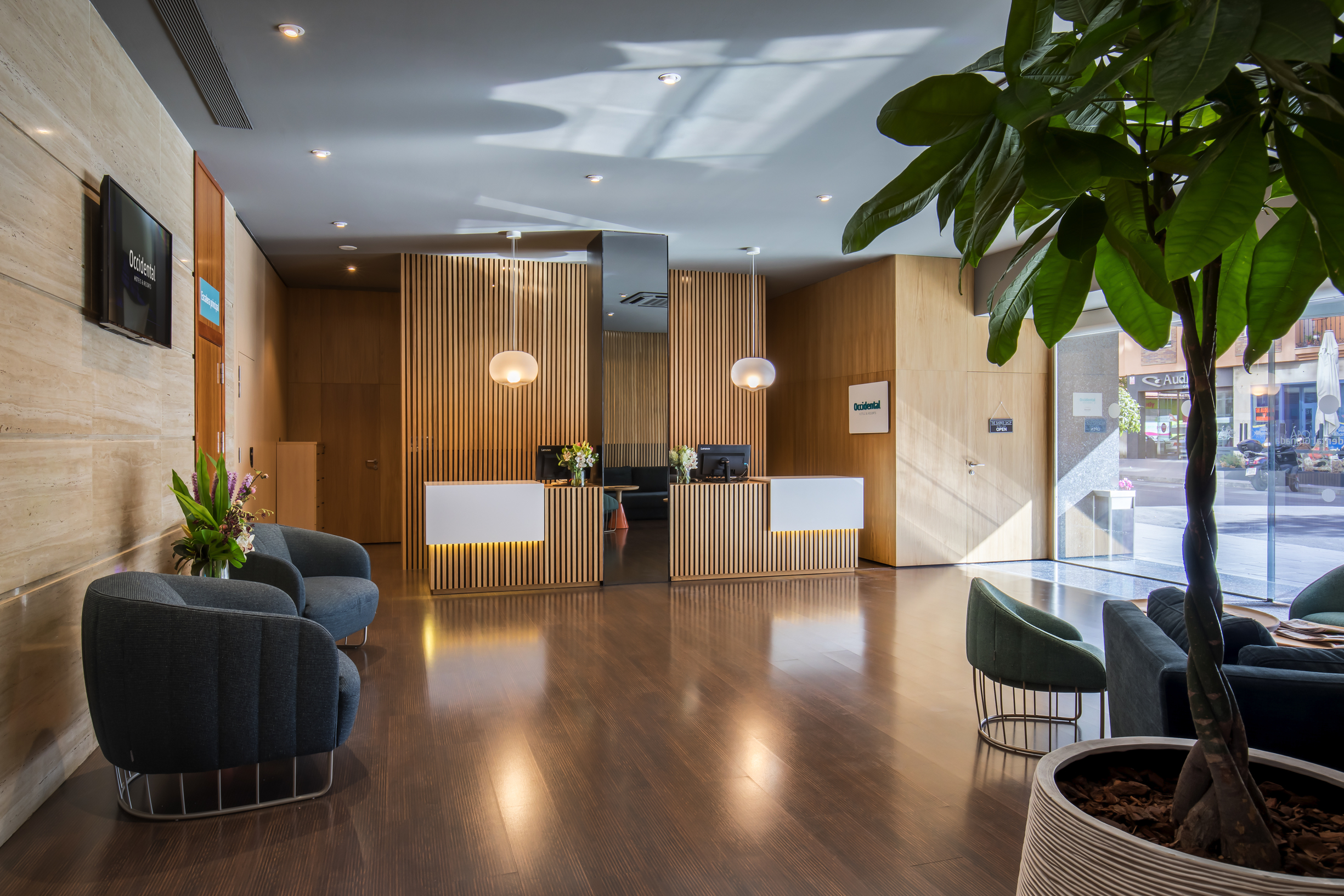Picture a place where the temperature is perfect for the beach, (almost) 365 days a year. No, it’s not on the other side of the Atlantic and no flights are needed to reach this destination. Located in Granada, Costa Tropical features 73 km of coastline with fine-sand beaches, crystal-clear water and an average temperature of 20 °C year-round.
For many centuries, this exotic paradise was the only place in the peninsula with the right conditions to grow tropical fruits such as mangoes, custard apples and avocadoes.
The Phoenicians were the first to settle in this part of the city, which at the time was called Sexi. The most important ports for trade with Africa were established in this area.
Although this tropical paradise covers a total of 16 municipalities, five are the most important and you should definitely visit them.
Almuñécar
Tucked away in an interesting spot surrounded by mountains, we come across one of the most popular tourist destinations in Costa Tropical: Almuñécar. This town is the perfect holiday destination because visitors can stroll through the historic quarter, bask under the sun on its beaches and experience the local nightlife.
Almuñécar has a lengthy history, and a piece of it can be found at the Castle of San Miguel, an ancient Roman fortress that was also important in the Nasrid period and subsequently during the reign of the Catholic Monarchs. It was bombed during the war of independence with England and France and later transformed into a cemetery in the 19th century.
One of the region’s most emblematic spots is Peñón del Santo, a crag with a cross and a stunning lookout point.
The local beaches, such as San Cristobal, Puerta del Mar, Velilla and El Tesorillo, are the perfect place to relax from the stress of city life.
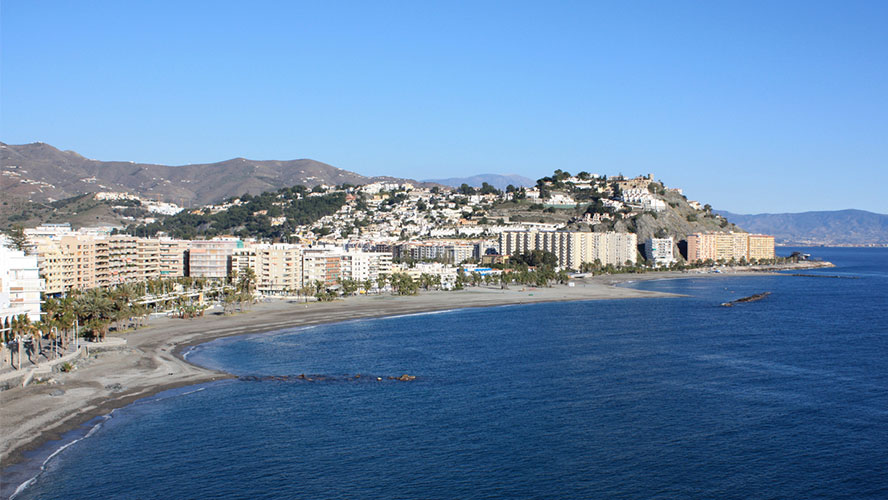
Motril
Because it is the most populated city in the region, it is also one of the most modern and sizeable. Although Motril became incredibly important in the 19th century thanks to its sugar cane industry, prosperity came to a halt in the 20th century when the sector experienced a crisis. In any case, this era remains firmly present throughout the city and a number of factories form part of its cultural heritage.
These days, the city has established solid agricultural operations that consist of growing and selling tropical fruits. As one of the most prominent ports along the Mediterranean, it caters to commercial, recreational and fishing vessels.
This top holiday destination has fantastic beaches, including Poniente Beach, which has chiringuito beach bars and a great atmosphere; Calahonda Beach and its deep waters; and Torrenueva Beach, one of the most peaceful alternatives that also boasts a waterfront promenade.
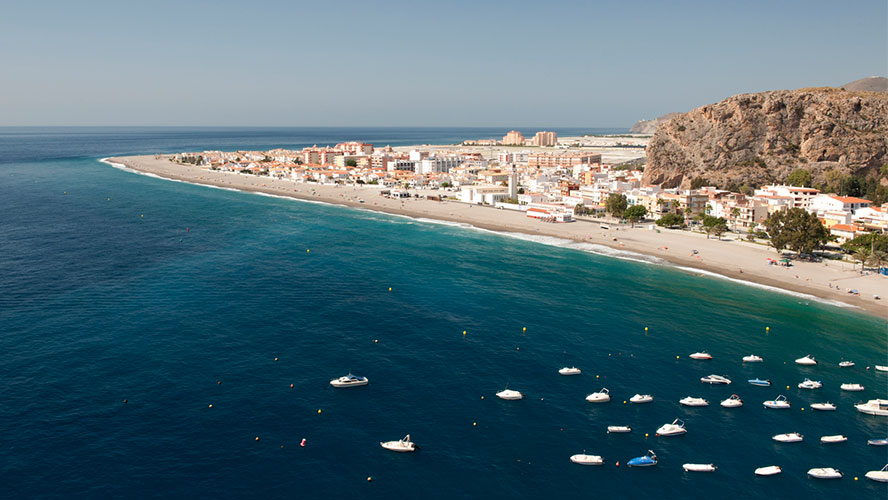
Salobreña
Perched on a crag, this village with whitewashed homes features a castle from the Nasrid era that served as a holiday home for the royal family. The rest of the town also exudes Moorish essence with its steep and narrow streets.
Salobreña has three major neighbourhoods: Brocal, Albaicín and La Fuente, each with its own personality. History can be felt at every monument, such as Salobreña Castle, of Moorish and Christian influence, and Our Lady of the Rosary Church, a Mudejar creation built on the site of a former mosque.
To relax, there is nothing better than spending time at the beach, such as La Guardia Beach, with pebbles instead of sand; Punta del Río Beach, an untouched stretch that can only be reached on foot; and El Cambrón Beach, one of the least crowded alternatives.
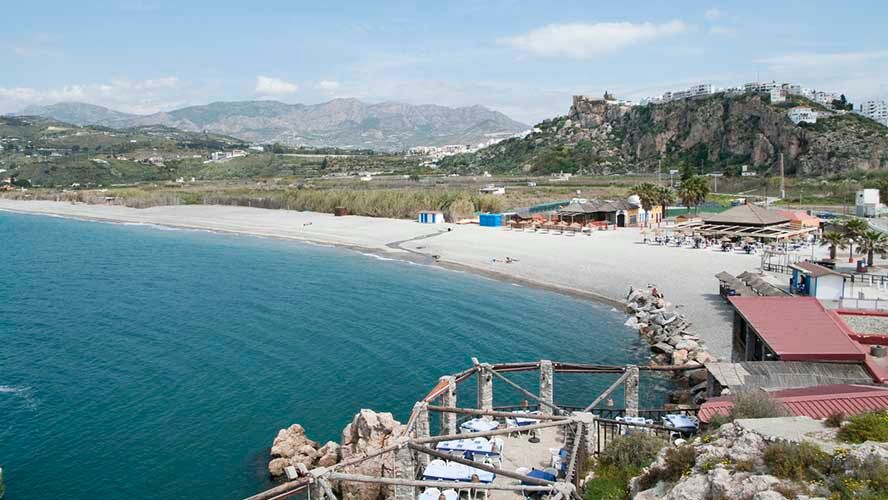
La Herradura
Heading towards Málaga, we come across a fishing village called La Herradura. This is, without a doubt, one of the most enchanting spots along Costa Tropical. Its coast was declared a Nature Reserve in 1989.
The beaches in this region are considered to be the best in Costa Tropical due to the smaller crowds and unique landscapes. The town owes its name (herradura, which means horseshoe) to the U-shape the water makes when it reaches the sand.
It has a long waterfront promenade and is perfect for family outings as well as for windsurfing or scuba diving, which happens to be one of the most popular activities in the area. La Herradura has the best seabed in the province, making it a favourite among scuba divers, and it is definitely worth seeing.
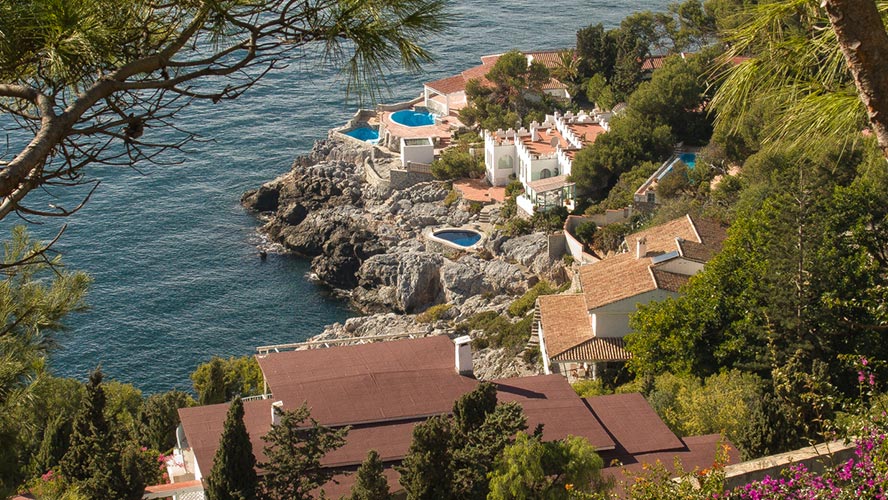
Castell de Ferro
This town, which belongs to the Gualchos municipality, was founded by the military families assigned to protect the fortress. The steep, rugged coast along this region is incredibly beautiful. The nearby coves are the stars of the region and also happen to be the least crowded in Costa Tropical.
Rijana Beach is the most famous in the municipality, and with its dark sand and exceptionally clear water, it is perfect for scuba diving or snorkelling. Since it is difficult to find and reach, crowds are kept to a minimum.
If you go in July, you will coincide with the festival honouring Virgen del Carmen (Our Lady of Mount Carmel), the protector of seamen. One of the most striking things about this maritime procession is the fireworks that emerge from the water’s surface.
There is no need to leave the peninsula (or Granada, for that matter) to visit idyllic beaches. Costa Tropical has all of this as well as exquisite dining alternatives and a fun nightlife scene for the perfect vacation.




































































